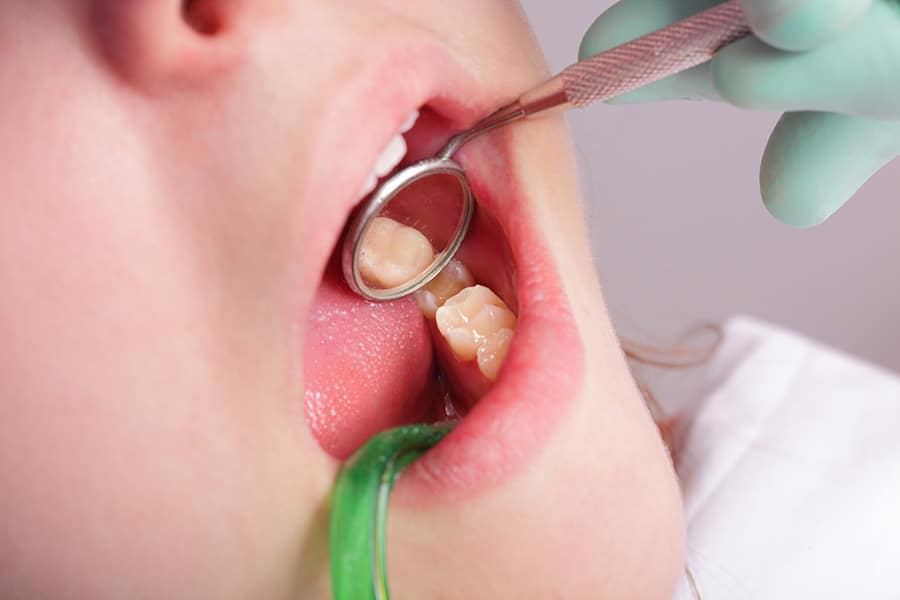Dental procedures can be nerve-racking, even common ones. Dental fillings are a simple and extremely common procedure.
To make getting a dental filling feel less daunting, we’ve addressed some of the most frequently asked questions. Read on for a review of how long you can expect your dental filling to last.
How Long do Dental Fillings Last?
Dental fillings can last a long time, but they won’t hold up forever. Eventually, you may need to replace your filling. The length of time a dental filling will hold up depends on the type of material used.
In general, a filling will usually last between 10 to 15 years.
Types of Dental Fillings
The types of dental fillings are distinguished by the material used in the procedure. Before getting a dental filling, discuss with your dentist which type is best for your dental health.
Composite Fillings
Composite fillings are the most common type of filling. They are made from a composite resin that matches your tooth’s color. This material is often preferred by dentists because of its ability to bond to the tooth and its natural-looking appearance.
How Often Do Composite Fillings Need To Be Replaced?
Composite fillings tend to last around 5 to 7 years. After this time, they may need to be replaced with a new filling.
Amalgam (Silver) Fillings
Amalgam fillings, also referred to as silver fillings, are a lower-cost option. Amalgam fillings are more durable and tend to last longer than composite fillings.
How Often Do Silver Amalgam Fillings Need To Be Replaced?
On average, Amalgam fillings will last between 10 to 15 years.
Gold Fillings
Gold is the strongest material used in dental fillings. While gold fillings are not made of pure gold, they maintain a gold color after the procedure. They can also cost a significant amount more than other types of fillings.
How Often Do Cast Gold Fillings Need To Be Replaced?
Cast Gold fillings can usually withstand between 15 to 30 years of wear and tear.
Porcelain Fillings
Similar to composite fillings, porcelain fillings are matched to the natural color of the surrounding teeth. However, the material’s extra durability and resistance to staining make it a more expensive option.
How Often Do Ceramic Fillings Need To Be Replaced?
Porcelain fillings will likely need to be replaced after around 5 to 10 years.
Choosing Dental Filling Materials
The dental filling right for you depends on a number of factors. You’ll want to consider how you want your tooth to look after the procedure. Some materials used for fillings will not match the color of your natural teeth.
Different types of fillings will also vary greatly in cost so you’ll need to consider your budget. If you have dental insurance, dental fillings are probably included in your policy. Find out what your insurance will and will not cover.
To get the best understanding of which filling material is right for you, consult a dentist.
When Should Fillings Be Replaced?
There are a few signs to look out for that indicate when you need to replace your filling. If you see any cracks in the filling material, you should speak to your dentist. Additionally, you should keep an eye out for discoloration, pain, or sensitivity around the filling area.
What Other Factors Affect the Lifespan of a Filling?
The lifespan of a dental filling depends on the type of material used and the amount of wear that it’s exposed to. The following factors will influence how long a filling might last:
- Oral hygiene health
- Clutching or grinding teeth
- Diet
- Trauma from accidents or sports
Can My Diet Affect How Long Fillings Last?
Diet is a factor in how long do dental fillings last. Some particularly hard or chewy foods will cause the filling to wear down faster than others.
Final Thoughts
If you have any additional thoughts or questions about dental filling options, speak to a dental expert. East Valley Dental Professionals are experts in dental and oral health. Give us a call to schedule an appointment at 480-838-3033.

